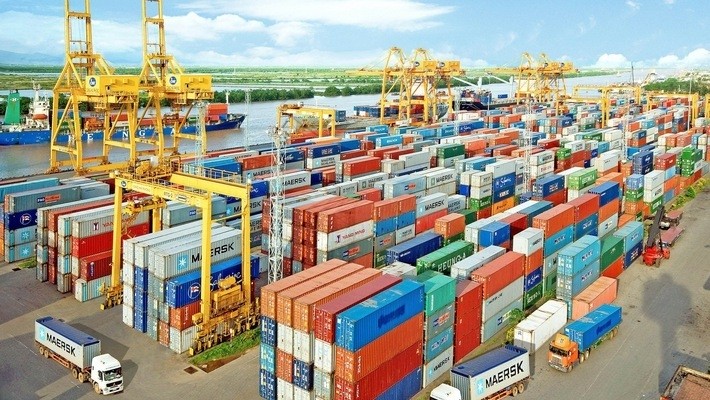Robust growth continued to be witnessed in a number of key exports such as phones and phone parts, garment products, electronics and computers, footwear, coffee, machinery and equipment, and fruit and vegetables.
Such positive signs offer hope of another flourishing year for the Vietnamese export sector.
A look back at 2017 shows that, among the country’s economic achievements, exports emerged as a bright spot, continuing to affirm its role as one of the most important drivers of growth in the country.
Last year, total exports far exceeded expectations and hit US$213.8 billion, up 21.1% from a year earlier and three times higher than the set target. Exports in 2018 are expected to maintain strong growth thanks to an improving global economy and growing shipments of high-tech products.
In 2017, the fastest growth was seen in mobile phones, electronics and computers, garment products and machinery and equipment, which have become the new major exports of Vietnam, accounting for a combined 39.2% of the total revenues. The shift in the export structure is expected to remain on-going in 2018.
A shift in export markets was also witnessed with shipments to China surging by 60.6%, making China the third largest export market of Vietnam. The United States retained its position as the largest importer of Vietnamese goods, with a share of 19.4%, followed by the European Union with 17.9%. Notably, in 2017, exports to the Republic of Korea jumped by 31.1%, accounting for 7% of the total Vietnamese exports, immediately behind Japan and ASEAN.
Such figures indicate a high degree of concentration in Vietnam’s export markets as exports to the six leading markets account for nearly four fifths of the total exports.
With deeper international integration and the implementation of free trade agreements, the role of these six export markets will continue to be strengthened in 2018, but the difference between them may be narrowed and their positions could be swapped in 2018.
Vietnam’s export sector in 2017 recorded not only growth in value but also a noteworthy shift in the structure of goods towards sustainable development, which has laid the foundation for even greater success in 2018 and the subsequent years.
















